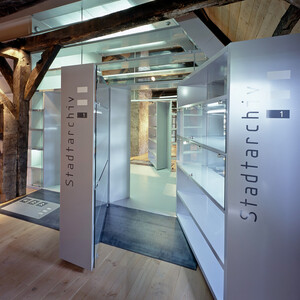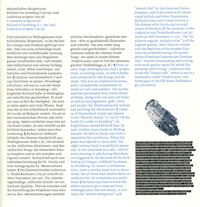
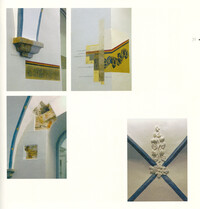
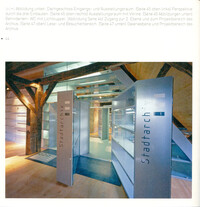
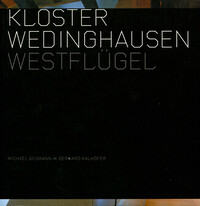
Wedinghausen Monastery West Wing: Monastery reconstruction
… There was a writing room (scriptorium) in Wedinghausen early on, in which books for liturgy and study were made. This was a laborious technical and intellectual achievement. You needed the parchment of entire flocks of sheep or a lot of cattle or calf hides and rare color pigments, gold, silver and purple to color in initials and illustrations. Casarius von Heisterbach (t after 1240) reported in his miracle stories (around m9 / 23) from the hand of a scribe in Arnsberg: “The Englishman Richard wrote many books in Wedinghausen. He died around 1190 in the reputation of bliss. When his grave was opened 20 years later, the right hand for writing was found intact. It was venerated as a relic until it was lost in the turmoil of the Truchess in 1583. Such a hand was later discovered, but since there were doubts as to its authenticity, its worship was forbidden. Richard is perhaps the creator of the oldest manuscript from Wedinghausen (end of the 12th century). It contains the Jewish antiquities and the Jewish war of the historian Flavius Josephus and is decorated with initials and figures. Richard should also write a biography of St. Ursula and an interpretation of St. Have written Mass. The monastery scribe Ludovicus v. Thiderikeshusen (mo / 36) wrote an old testament (around 1220). The absolutely regular, upright writing is of the highest quality. Over 60 initials and the depiction of the prophet Esra must be counted among the masterpieces of medieval book illumination: anyone who illuminates and writes with such high quality has painted and written all his life. Ludovicus also wrote the home story. It takes place in a Wadincusan monastery and is part of the old Norwegian Thidrek saga (13th) h. …
